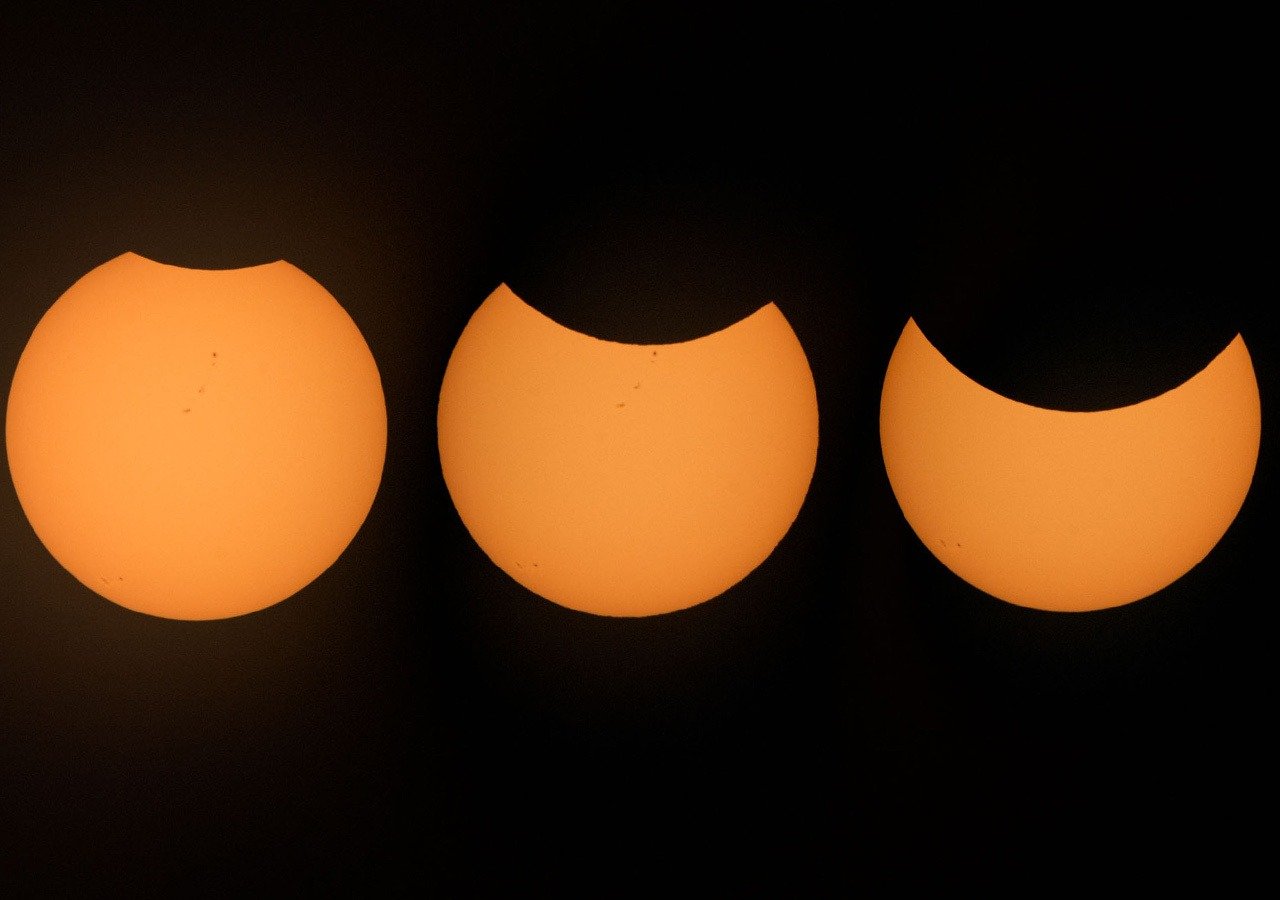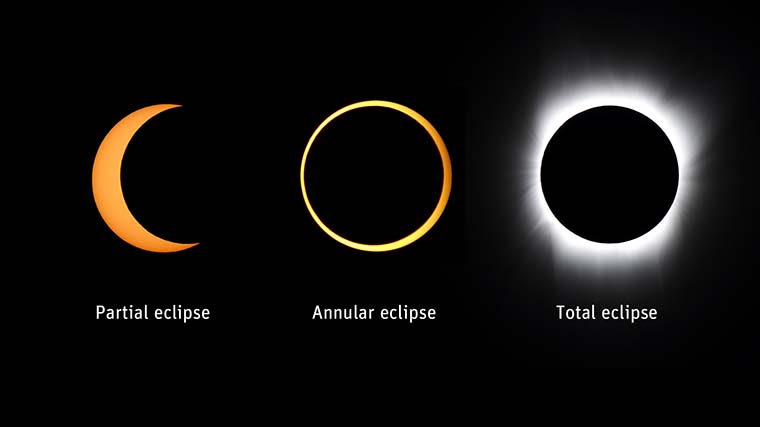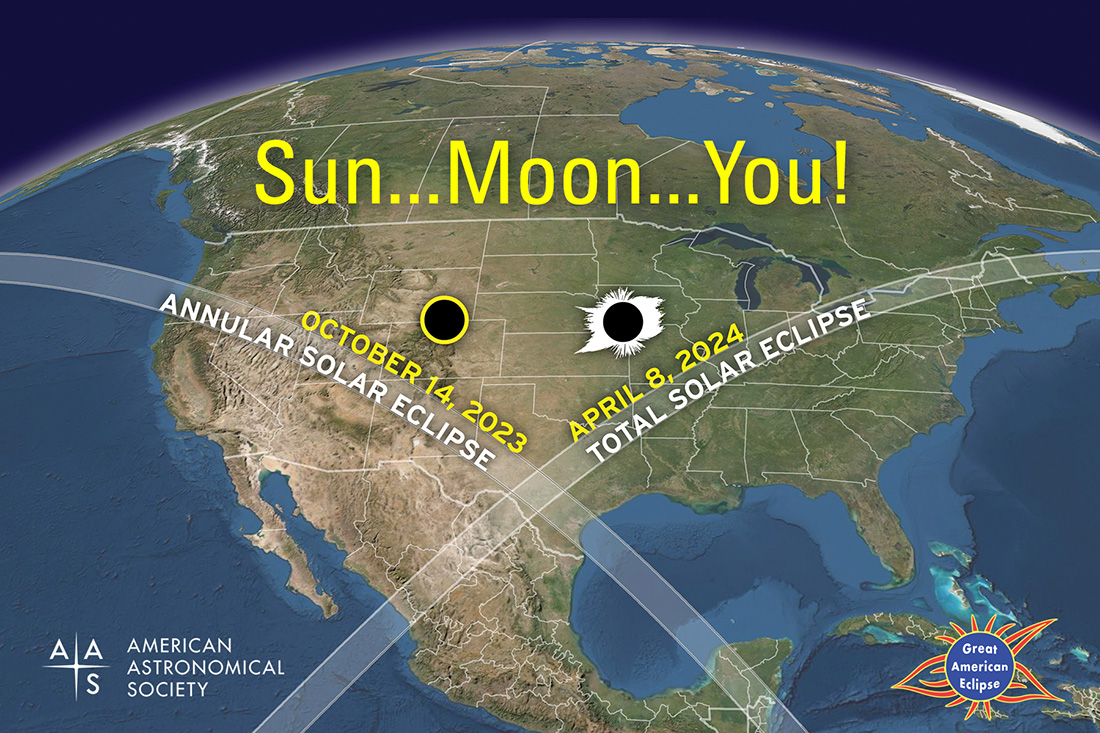
Stargazers will enjoy two spectacular celestial events on April 30, 2022 — the conjunction of Jupiter and Venus and this year's first solar eclipse. The former will be visible worldwide. But the opportunity to observe the moon "bite" a chunk of the Sun in person, will only be available to a lucky few in parts of South America, Antarctica, and some Southern Ocean areas. The rest of us will have to watch the natural phenomenon online.
The solar eclipse is set to occur just before or during sunset local time. "As it sets in the west on the evening of April 30, the Sun will appear partially eclipsed for those with clear skies in Chile, Argentina, most of Uruguay, western Paraguay, southwestern Bolivia, southeastern Peru, and a small area of southwestern Brazil," NASA said in a statement released on April 21, 2022.

A solar eclipse occurs when the Moon passes directly in front of the Sun, casting a shadow on the Earth and blocking some or all of the sunlight in certain areas. For a total solar eclipse to occur, all three celestial bodies have to be in a straight line. Since that will not be the case on Saturday, the Moon will only be able to block up to 64 percent of the Sun's disk. The exact amount will depend on the viewing location.
If you are among the fortunate ones in the eclipse's path, experts recommend seeking out an unobstructed viewing area — either on a beach or atop a tall building. More importantly, use solar-viewing or eclipse glasses to prevent eye damage. If protective eye coverings are unavailable, a simple, homemade pinhole camera — which projects the Sun's disk onto paper or another surface — can also be used.

There will be no total solar eclipse in 2022. However, residents of Europe, parts of Africa, and the Middle East will be able to observe a partial solar eclipse on October 25, 2022. Those living in North America have two solar eclipse events to look forward to in 2023 and 2024.
On October 14, 2023, residents living in a roughly 125-mile-wide path from Oregon to Texas and Mexico will be treated to a spectacular annular eclipse that will transform the Sun's disk into a thin "ring of fire." If that is not exciting enough, on April 8, 2024, the Moon will cover the Sun's entire disk for a few minutes. The spectacular total solar eclipse will be visible across Mexico, the central United States, and eastern Canada.
Resources: Earthsky.org, eclipseaas.org, solarsystem.NASA.org
